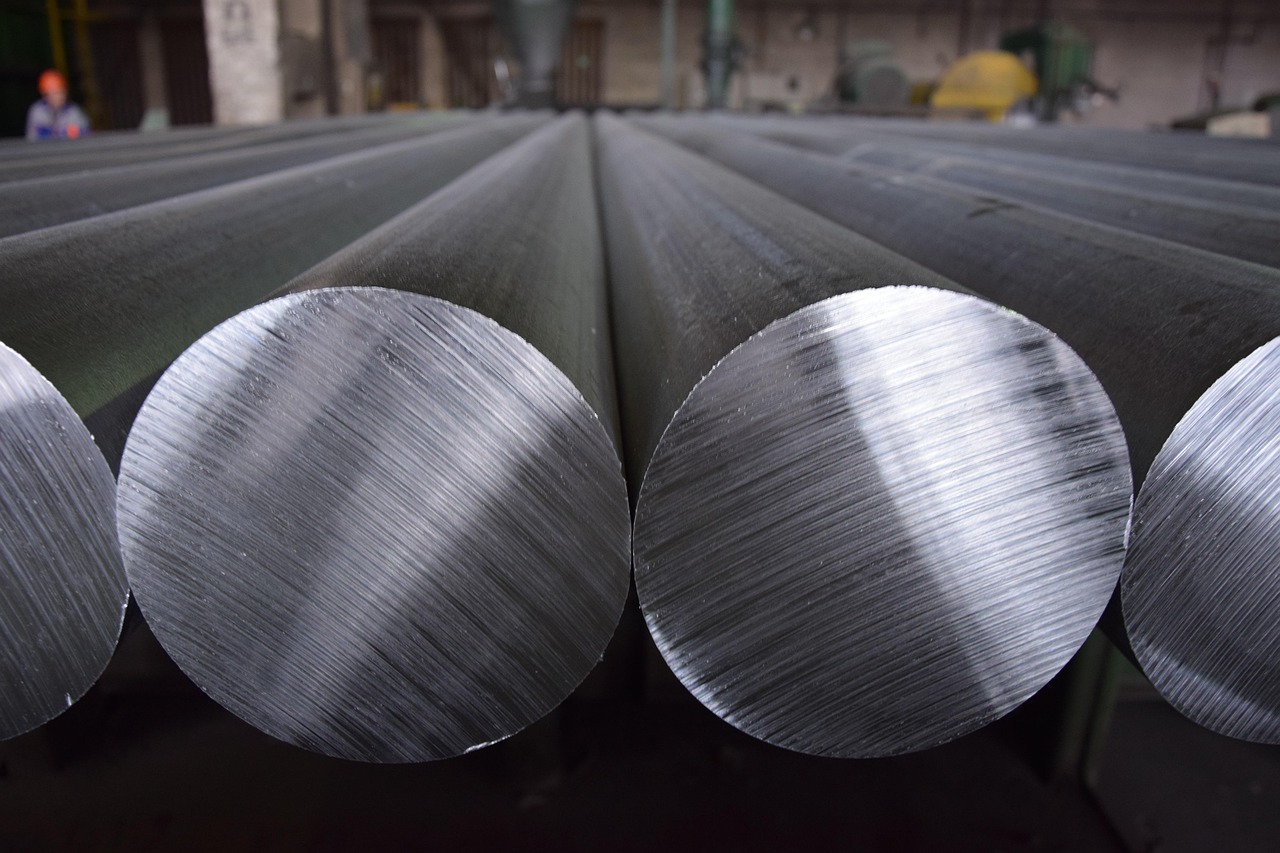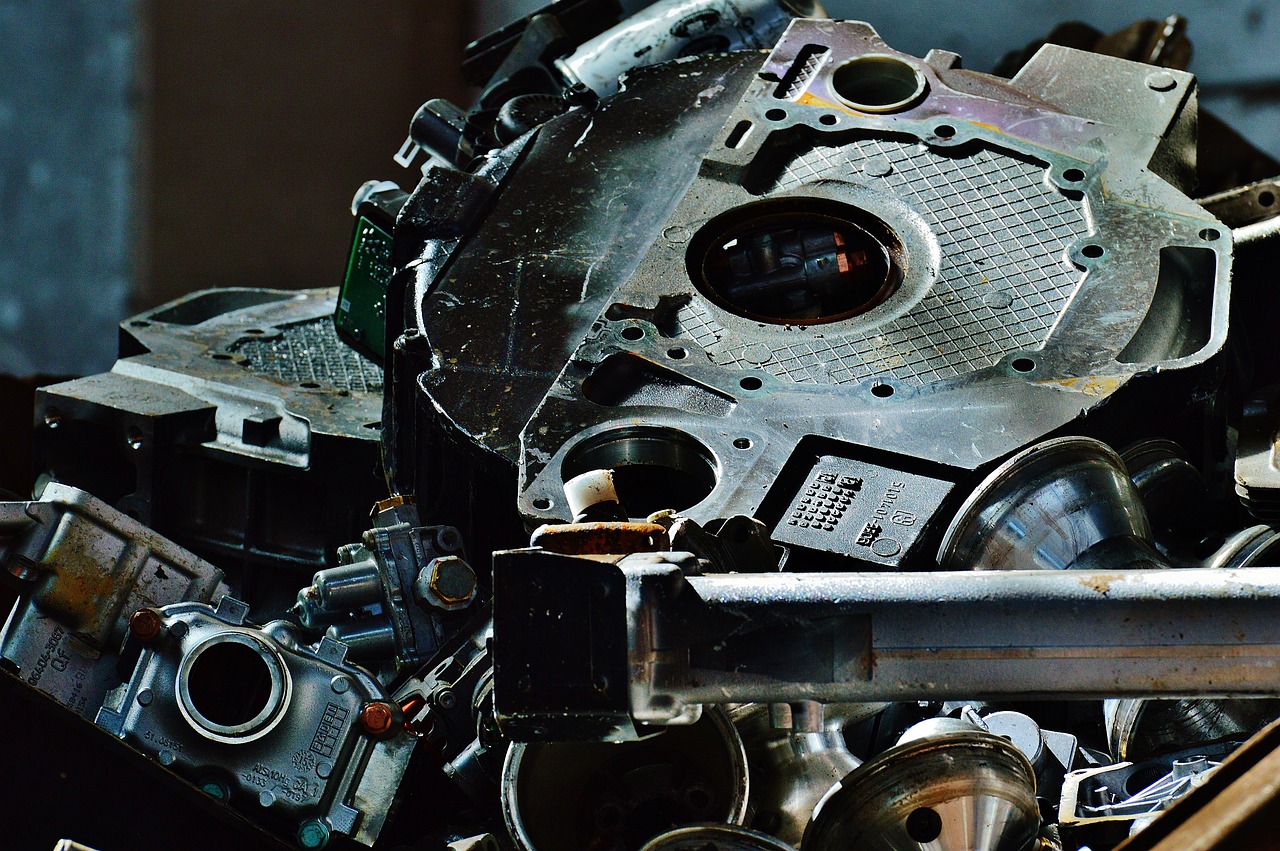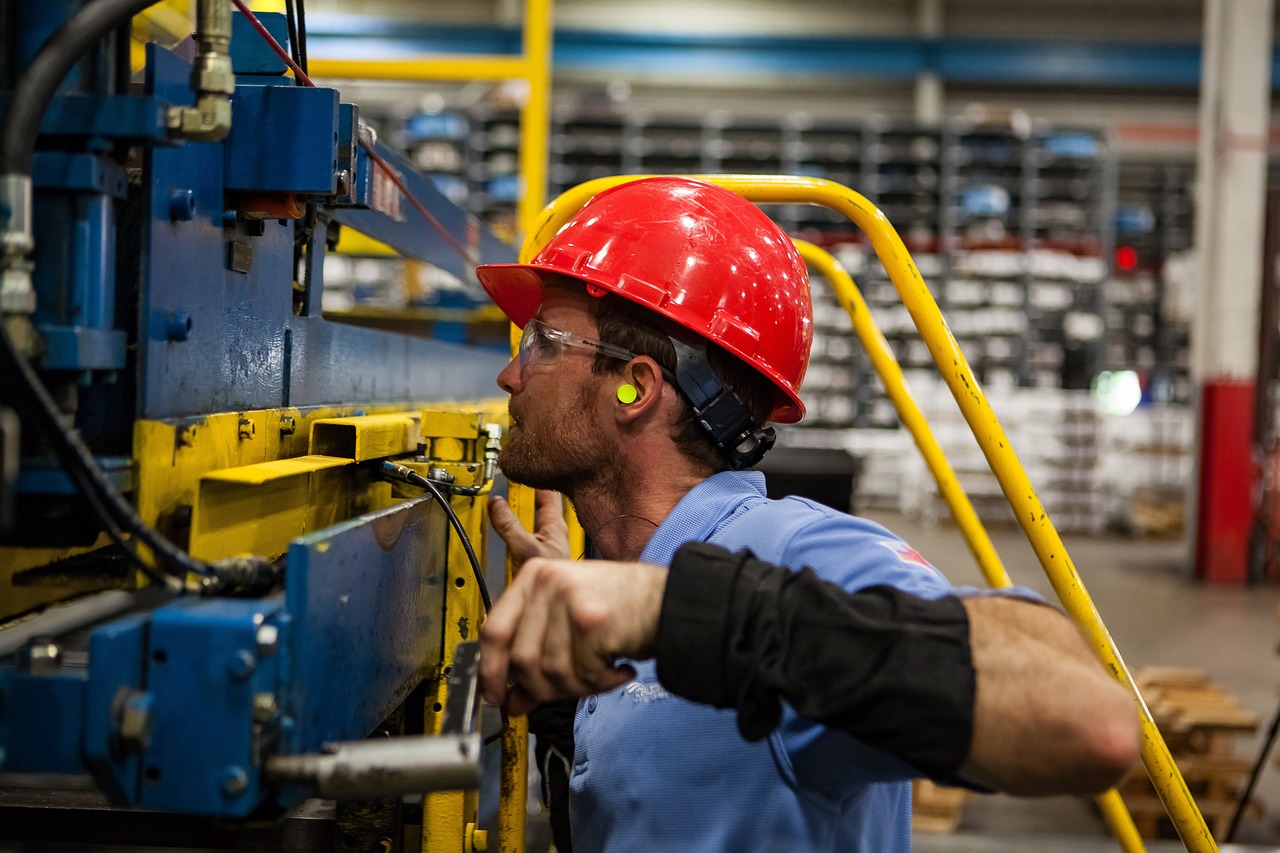Introduction
Heavy metal manufacturing—steel, aluminum, and other materials—has been the backbone of industries for centuries. From constructing skyscrapers to building high-tech vehicles, these materials have driven progress. But the manufacturing processes behind them are at a crossroads. Industry 4.0, the fourth industrial revolution, is redefining how we think about production.
There are no purely manual processes or isolated automation. Today, heavy metal manufacturing is embracing technologies like IoT, artificial intelligence, and blockchain to create smarter, more efficient systems. These advances bring enormous potential, but they also come with questions. How do we balance sustainability with profitability? What happens to the workforce as automation grows?
This blog explores how heavy metal manufacturing is transforming, from adopting green technology to enhancing safety and supply chain transparency. Along the way, we’ll discuss the challenges and opportunities shaping the future of this critical industry.
Industry 4.0 and Heavy Metal Manufacturing
The term “Industry 4.0” might sound like jargon, but its impact is real. At its core, it’s about combining advanced technologies like IoT, artificial intelligence, and robotics to create interconnected systems. For heavy metal manufacturing, this shift is profound.
Smart factories, for example, leverage IoT sensors to monitor equipment in real time, reducing downtime and increasing efficiency. Predictive maintenance powered by AI prevents costly breakdowns by identifying problems before they happen. Even robots are playing a role, taking on repetitive, labor-intensive tasks while humans handle more complex operations.
But this isn’t just about technology for technology’s sake. The real value lies in how these tools create flexibility. Manufacturers can switch production lines quickly, customize orders, and adapt to fluctuating demand—all while maintaining precision. The result? A competitive edge in a global market where speed and customization are king.
Of course, integrating these systems comes with challenges. Legacy equipment often isn’t compatible with new technology, requiring significant investments in retrofitting or replacing machinery. However, as we’ll see, the benefits often outweigh the upfront costs, especially when sustainability and safety are factored into the equation.
Sustainability in Metal Manufacturing
Sustainability isn’t just a buzzword—it’s a necessity. Heavy metal manufacturing has historically been energy-intensive and a significant contributor to carbon emissions. But the industry is changing.
Green technology is leading the charge. Renewable energy sources, such as solar and wind, are powering production facilities. Advanced recycling techniques are making it possible to reuse materials more efficiently, reducing waste and conserving resources. Even the adoption of electric arc furnaces, which use less energy than traditional methods, is helping manufacturers cut emissions.
Beyond reducing the environmental footprint, these practices also make good business sense. Sustainability initiatives often lead to cost savings in the long run. For instance, reusing scrap metal not only reduces waste but also lowers raw material costs. And as consumers and investors prioritize environmental responsibility, companies that embrace green practices are gaining a competitive edge.
However, achieving sustainability isn’t without its hurdles. Many companies face the challenge of transitioning their operations while maintaining profitability. The key lies in balancing short-term investments with long-term gains. For manufacturers, the path forward is clear: embracing greener practices isn’t just good for the planet—it’s essential for staying relevant in a rapidly evolving market.
The Role of Blockchain in Supply Chain Transparency
The heavy metal manufacturing supply chain is complex, often involving multiple suppliers, transportation modes, and international regulations. Blockchain technology is emerging as a solution to bring transparency and efficiency to this process.
At its core, blockchain is a decentralized ledger that records transactions in a secure and tamper-proof manner. For manufacturers, this means greater visibility into every stage of the supply chain. For instance, blockchain can trace raw materials from their source to the factory floor, ensuring they meet ethical and environmental standards.
This transparency is particularly valuable in an era where customers demand accountability. It’s no longer enough to deliver a product—consumers and regulators want to know how that product was made. Blockchain provides the proof.
Additionally, the technology streamlines processes by automating documentation. Smart contracts—agreements programmed into the blockchain—can trigger payments or shipments automatically when conditions are met. This reduces delays and paperwork, saving time and money.
Adopting blockchain does require upfront investment and technical expertise, but the benefits are clear. As the technology matures, it’s poised to become a staple in the heavy metal manufacturing toolkit, ensuring a more transparent and efficient supply chain.
The Future of Collaboration: Partnering for Innovation in Heavy Metal Manufacturing
Innovation doesn’t happen in isolation, and this is especially true in heavy metal manufacturing. As the industry embraces the digital age, collaboration between manufacturers, technology providers, and even competitors is becoming essential. The challenges of Industry 4.0—implementing IoT, integrating AI, ensuring sustainability—are too complex for any single organization to tackle alone. Partnerships are the key to unlocking the next wave of progress.
One area where collaboration is particularly impactful is research and development. By pooling resources, manufacturers can co-develop cutting-edge technologies that benefit the entire industry. For example, a group of companies might jointly invest in AI-driven systems to optimize metal casting or explore new alloys that reduce energy consumption without sacrificing durability. Shared innovation reduces costs for individual businesses while accelerating the pace of discovery.
Another crucial aspect is the role of technology providers. Manufacturers don’t need to become tech experts themselves; instead, they can partner with specialized firms that offer expertise in IoT, blockchain, or reality capture. These collaborations enable manufacturers to focus on their core competencies while leveraging the best technology solutions available.
Even competitors can be allies. In some cases, heavy metal manufacturers are forming consortia to address industry-wide issues, such as standardizing sustainability metrics or creating shared supply chain platforms using blockchain. These initiatives help ensure that no single company is left behind while fostering trust and transparency in the market.
Finally, partnerships extend beyond industry boundaries. Governments and educational institutions play a vital role in workforce transformation, providing training programs and incentives that make advanced manufacturing accessible to workers. By working together, manufacturers can ensure they have the skilled labor needed to thrive in a rapidly changing landscape.
The future of heavy metal manufacturing isn’t just about adopting the right technologies—it’s about building the right relationships. Those who embrace collaboration will not only solve today’s challenges but also pave the way for a more innovative, sustainable, and competitive industry tomorrow.
Workforce Transformation in Heavy Metal Manufacturing
The rise of automation and AI in heavy metal manufacturing raises a pressing question: what happens to the workforce? While some fear job losses, the reality is more nuanced.
Automation is reshaping jobs, not eliminating them. Robots now handle repetitive and dangerous tasks, reducing risks for workers. Meanwhile, humans are taking on roles that require critical thinking, creativity, and problem-solving—areas where machines can’t compete.
Upskilling and reskilling are crucial to this transformation. Manufacturers are investing in training programs to equip employees with the skills needed for advanced roles. For example, technicians who once operated machines manually are now learning to program and maintain automated systems.
This shift benefits both workers and companies. Employees gain valuable, future-proof skills, while businesses enjoy a more adaptable workforce. However, this transition isn’t without challenges. Training requires time and resources, and not every worker will adapt easily.
Ultimately, workforce transformation is about collaboration. Companies, governments, and educational institutions must work together to ensure workers are prepared for the future. By embracing this approach, heavy metal manufacturers can create a workforce that’s not only resilient but also ready to thrive in the digital age.
Safety and Reality Capture in Heavy Manufacturing
Safety has always been a top priority in heavy manufacturing, but new technologies are taking it to the next level. Reality capture technology, for example, is making workplaces safer and more efficient.
Using tools like 3D scanners and drones, manufacturers can create detailed digital replicas of their facilities. These replicas—known as reality captures—allow teams to identify potential hazards without setting foot on the factory floor. From structural weaknesses to poorly designed workflows, issues can be addressed before they lead to accidents.
Beyond safety, reality capture technology improves efficiency. Digital models enable precise planning for equipment installations or facility upgrades, reducing downtime and errors. They also support remote collaboration, allowing experts to analyze and provide input from anywhere in the world.
Of course, implementing these technologies requires investment and training. But the payoff is significant. Safer environments mean fewer injuries, lower insurance costs, and higher productivity. In a sector where margins are tight, these gains make a real difference.
Reality capture is just one example of how technology is enhancing safety in heavy metal manufacturing. As the industry continues to innovate, the commitment to protecting workers will remain a cornerstone of its success.
Conclusion
The heavy metal manufacturing industry stands at a pivotal moment. Industry 4.0 technologies are revolutionizing processes, from the factory floor to the supply chain. Sustainability initiatives are reshaping how materials are produced, while blockchain and reality capture are ensuring transparency and safety. At the heart of these changes is a workforce adapting to new roles and opportunities.
This transformation isn’t just about keeping pace with technology—it’s about staying competitive in a global market. Heavy metal manufacturers that embrace innovation will lead the charge into a more sustainable, efficient, and resilient future.
The question is no longer whether to adapt but how quickly companies can rise to the challenge. The future of heavy metal manufacturing is bright, and the time to act is now.





